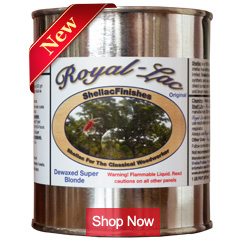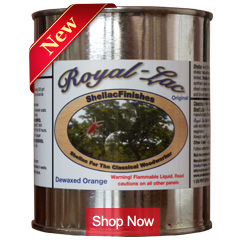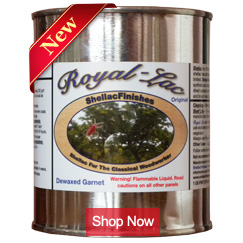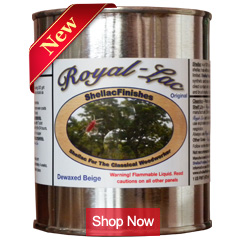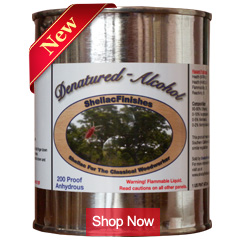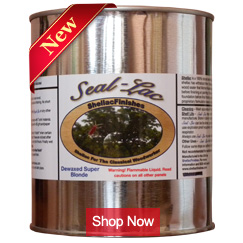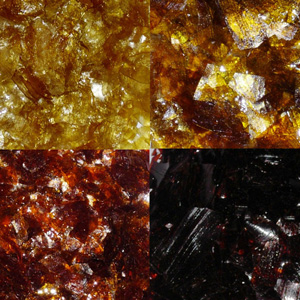Blog
Friday July 4, 2014
Happy 4th of July to all of you!
Well, its a happy one for me for sure. Robert O’Brien, my friend and Luthier has been very kind to me for making a video on application of Seal-Lac and Royal-Lac. It is a very well thought out, well composed and detailed video on how he uses the two products. He is very happy with the outcome and has turned into a believer. It is video geared towards Luthiers but I feel that even woodworkers can gain a lot for it. Watch his video at: https://www.youtube.com/watch?
Thanks Robert for being so gracious.
Two days back I recieved a email from Kerry who tried Royal-Lac for the first time on his guitar. I’ll let his email speak about his experience.
“Hi I just thought I would let you know the results of the first guitar I did with Royal Lac. Bottom line I’m very happy with the finish and I think this will be my standard finish going forward.
I did notice some differences from regular shellac, it seemed “stickier” and I really could not use my standard French polish technique (Robbie O’Brien’s regular shellac method) but it also seemed easier to get a good level finish… I was using a 1lb cut of Royal Lac.
I may try spraying & buffing next time or follow Robbie’s method for Royal Lac..
I do have one question for you can Royal Lac be applied over a regular dewaxed shallac finish?
Thanks and I look forward to using your product more in the future, you can count me as a happy customer.”
Just for you all for the questions he posed about using regular dewaxed shellac as a base coat before royal-Lac is applied.
The answer is YES.
You can use Seal-Lac too since it will act as a pore filler due to its balanced solids content.
Monday July 7, 2014
Robert O’Brein, a friend and an expert Luthier, http://www.obrienguitars.com/, sent me this excerpt from a Royal-Lac user. I was simply overjoyed and had to share it with you!
Like Tim V L, I also used a 1 pound cut over epoxy pore fill and did not have a problem with sanding through because I was basically using Robbie’s French polish method except for the olive oil step. The “spiriting off” phase did the bulk of the leveling for me and I then used 1000 grit wet sanding at the beginning of daily sessions. After curing for 4 weeks and leveling with 2000 grit I buffed with the StewMac buffing machine with fine grit compound. By far the best finish I have achieved in 8 guitars. Love this stuff.
Oh. I did not seal with SealLac and wish I had because it took a boatload of coats to build up a finish on the soundboard (spruce).
 Thursday July 10, 2014
Thursday July 10, 2014
Carl sent me this email and photo of the beautiful bench that got auctioned for $1200.
Hello Vijay;
The bench was made for The Franciscan Foundation at Saint Anthony’s
hospital in Gig Harbor, Washington. The work incorporates Fiddle Back
Maple, Black Walnut and
Cocobolo. The handmade bench features lines that are clean and concise,
and reflect Asian design and architectural elements. It raised $1200 for
this charity.
Construction is mortise and tenon. Dutchman pull the two slabs together.
The finish is French Polish. This is my go to finish for almost anything.
I’ve used this on turnings, furniture, duck calls and small wood working
items like saltboxes.
When I was first exposed to this method I was very intimidated. But by
following the technique you teach, I have found that it is a very simple
process. I feel the key steps are surface preparation and applying
ridiculously thin coats. But once you learn this method you understand
that the finish dries almost as soon as it is applied. That being said, if
the workpiece is large enough, the finish goes on in a more or less
continuos step. I generally break up the applications over a couple of
days to let the finish dry. I also use 2000 grit wet sandpaper (VERY
lightly) before I begin the final stretching process.
I also like to think that this is a method that woodworkers before me have
used for hundreds of years. When I am applying this finish I feel a
connection to these craftsmen of the past.
Thanks again for all of your help, patience and support Vijay
Carl Hassler
Friday July 25, 2014
Today I posted my new video Royal-Lac Piano Finish. My friend, client and fellow San Diegan Dan Tresko shows how to achieve a Piano Finish with Royal-Lac. He took the table top that I had used in my previous videos to demonstrate application of Seal-Lac and Royal-Lac and turned it into a really awesome piece of furniture. Now when I feel the surface with my palm, it is like silk. I don’t know how else to explain the feeling but I get into this mode where I want to touch it again and again. Thanks Dan.
Watch the video at http://www.shellacfinishes.com/how-to-videos/
Dan runs a small business making flute stands. Prior to this he has over 25 years of automotive finish experience. So he know how to do a finish. His flute stands are beautiful and works of art. He is also glad that he has come across Royal-Lac since it gives him a finish that is better than the kinds he used in the past namely; Polyurethane, NC Lacquer, Pre catalyzed lacquer etc…

